Killdeer (Charadrius vociferus) is a shorebird that is about the size of a robin measuring 7.9-11.0 inches with a wingspan of 18.1-18.9 inches; they weigh about 2.6-4.5 oz. The Killdeer has a round head with large eyes and a short bill. Their plumage is brownish-tan on top and white on the bottom; two black bands are on the white chest. Their brown face I marked with black and white patches. The Killdeer get their name from the shrill, wailing kill-deer call they give. These birds have an extremely wide range from Canada to the United States and Pacific Coast. Some of the northern populations do migrate to Mexico in the winter. The populations in the southern United States and Pacific Coast are year-round residents.
Killdeer spend most of their time walking along the ground or running ahead a few steps before stopping to look around and then running on again. They will quickly take flight when disturbed, circling overhead and calling repeatedly. These birds can be found on open ground with low vegetation such as lawns, driveways, gravel-covered roofs, pastures, fields, sandbars, and mudflats. Compared to other shorebirds they do not only stay close to the water as they are also common in dry areas.
They will search for insects and earthworms by running and stopping to look around. Invertebrates are what primarily make up their diet. Invertebrates include earthworms, snails, crayfish, grasshoppers, beetles, and aquatic insect larvae, they will also eat seeds left in agricultural lands. As an opportunistic forager, Killdeer has been seen hunting frogs and eating dead minnows.
Their nest is a shallow depression on the ground, After egg-laying begins, Killdeer will often add rocks, bits of shell, sticks, and trash to the nest. The clutch size will typically be 3-6 eggs, though the number of broods will be 1-3, and the incubation period is at 22-28 days. Eggs are buff-colored and heavily marked with blackish brown. Chicks have a full coat of buffy down feathers and a single black breast band, they can walk out of the nest as soon as their feathers dry. To protect the nest, the parents will distract predators by calling loudly, bobbing, and running away. Another method that is used to lure predators away is the broken-wing display by feigning injury.
The Killdeer is a species that is of relatively low conservation concern. They are among the most successful of all shorebirds because of their fondness for human-modified habitats and willingness to nest close to people. However, because they live close to people, Killdeer are vulnerable to pesticide positioning and collisions with cars and buildings.
Photo Credit: Dan Kon
Author: Destiny Alvarez – Fisheries and Wildlife Sciences, University of Oregon
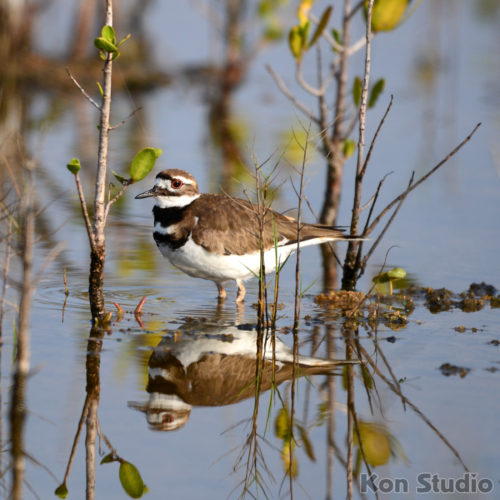
Like this:
Like Loading...

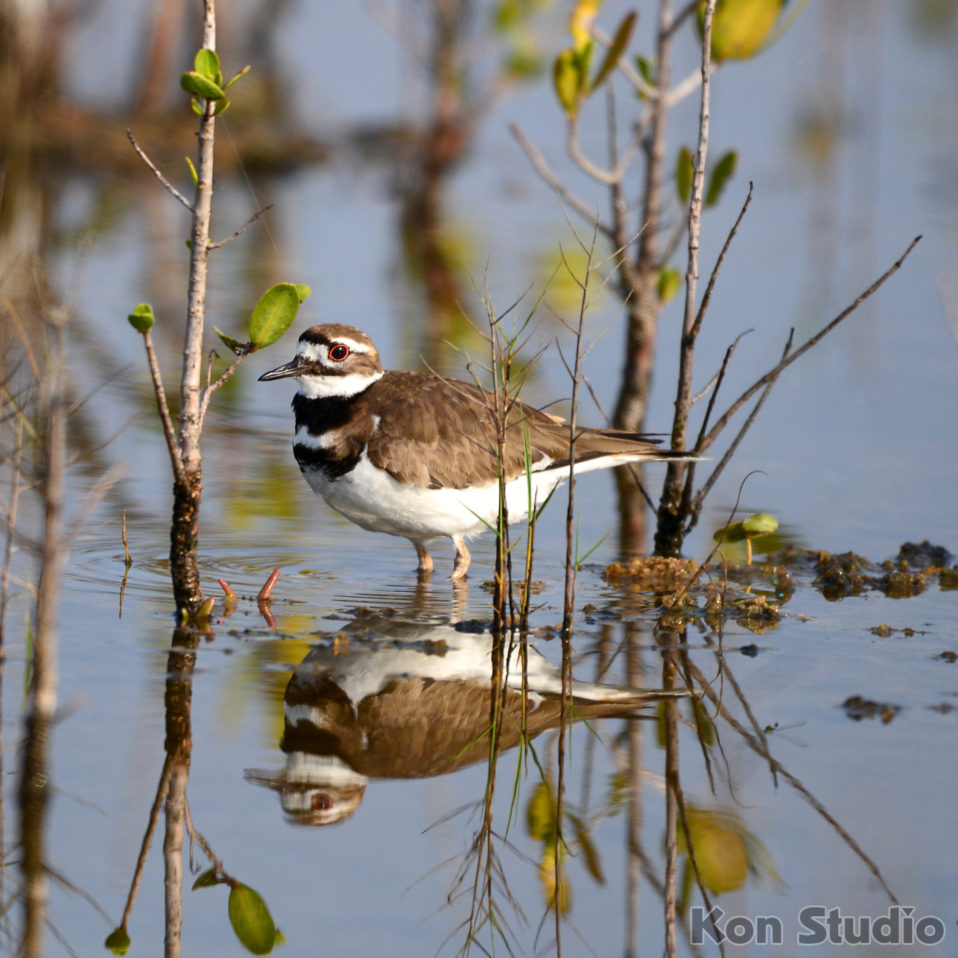

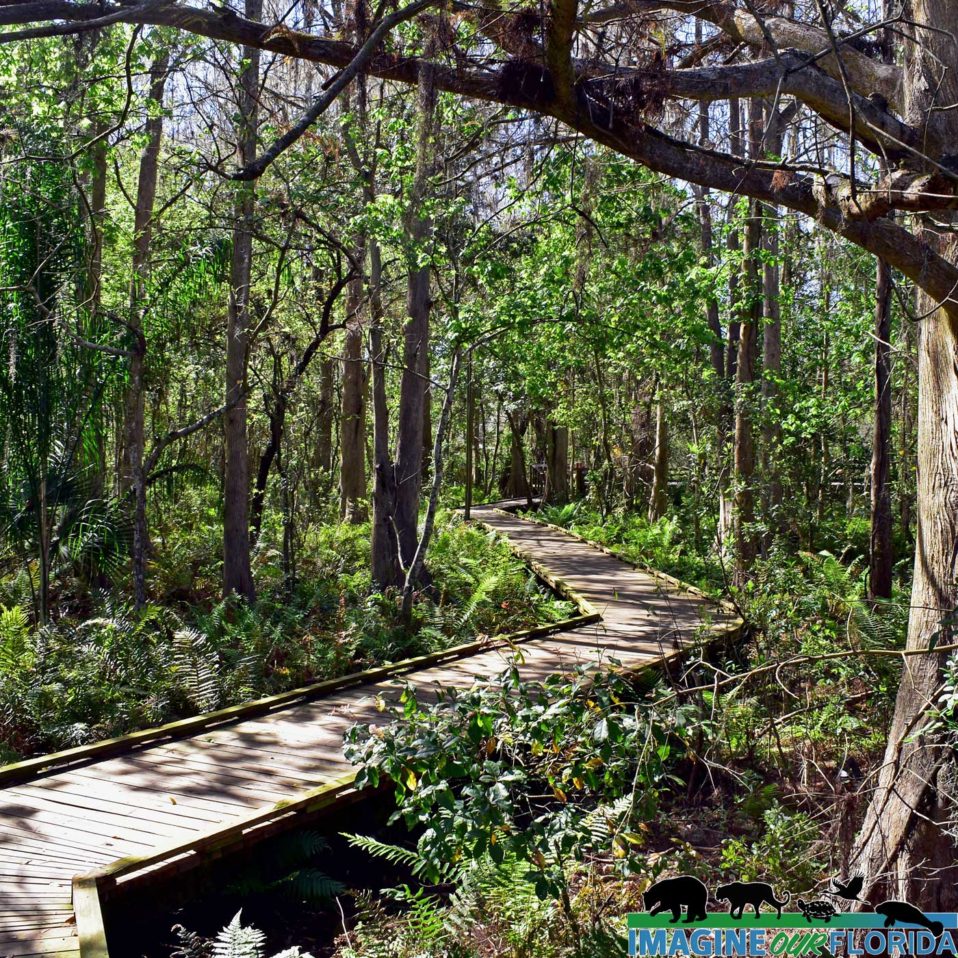

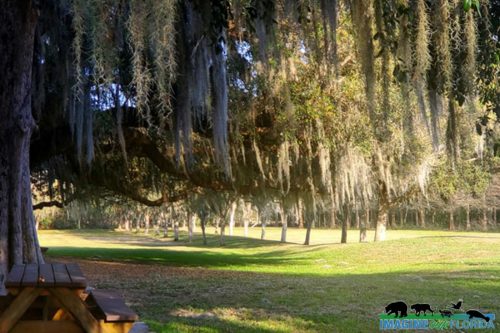
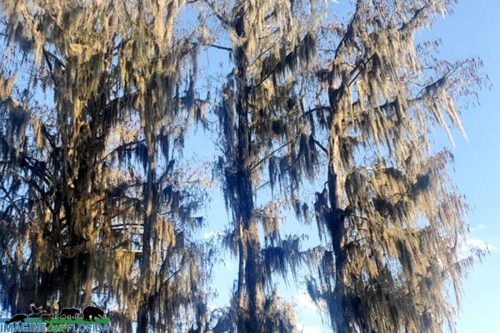
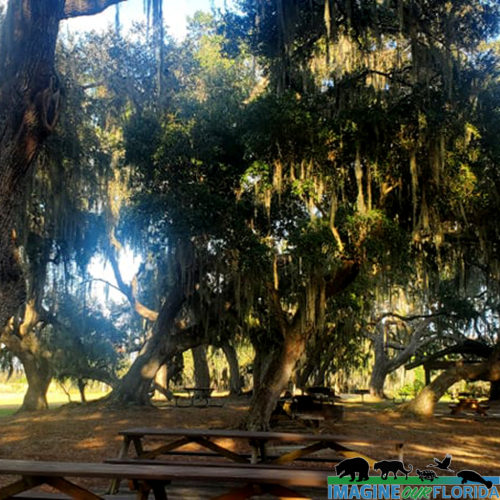
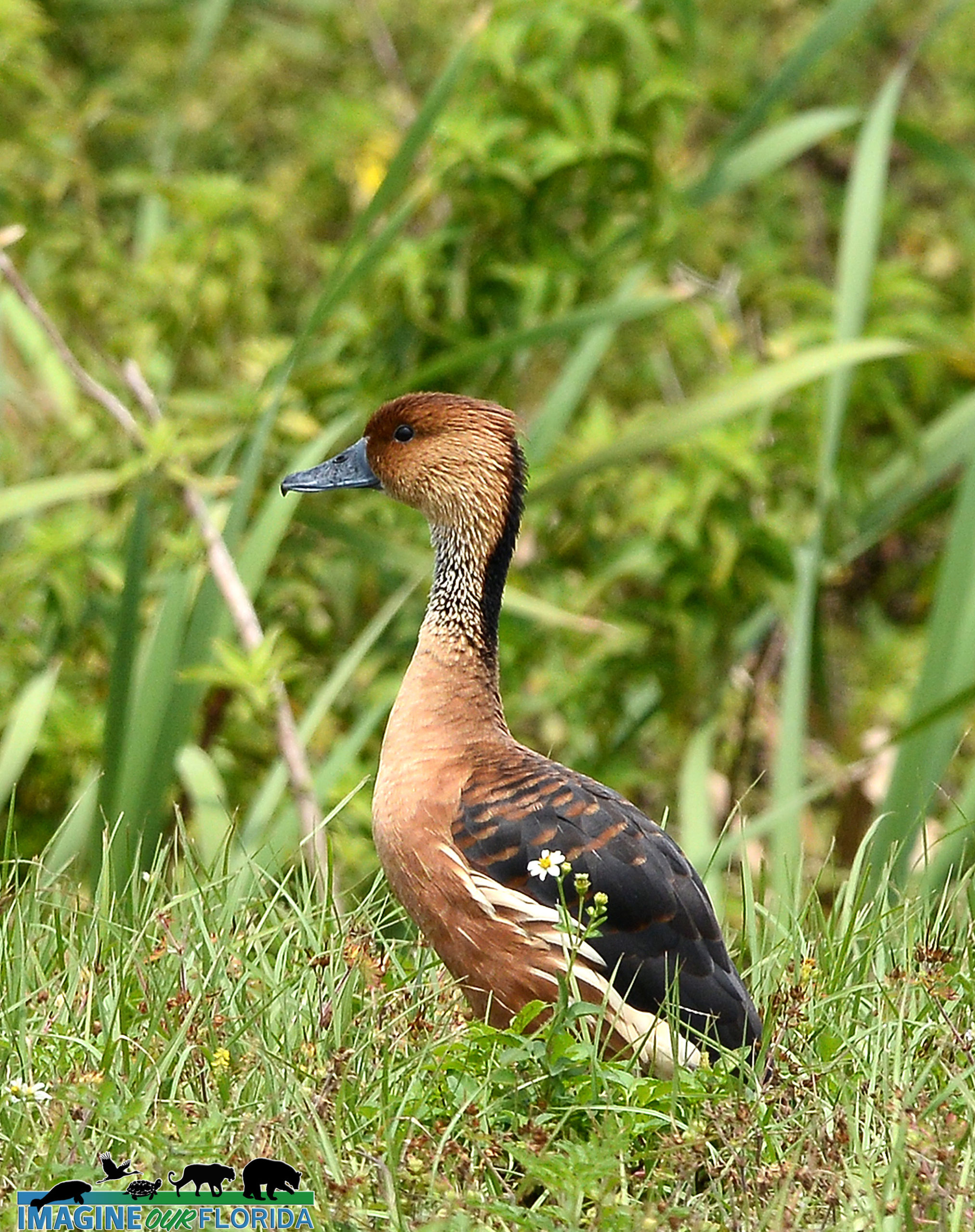
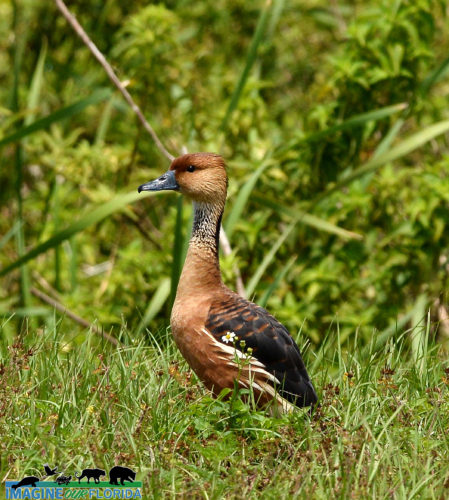
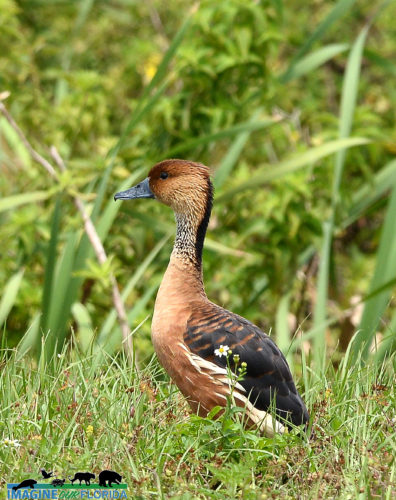
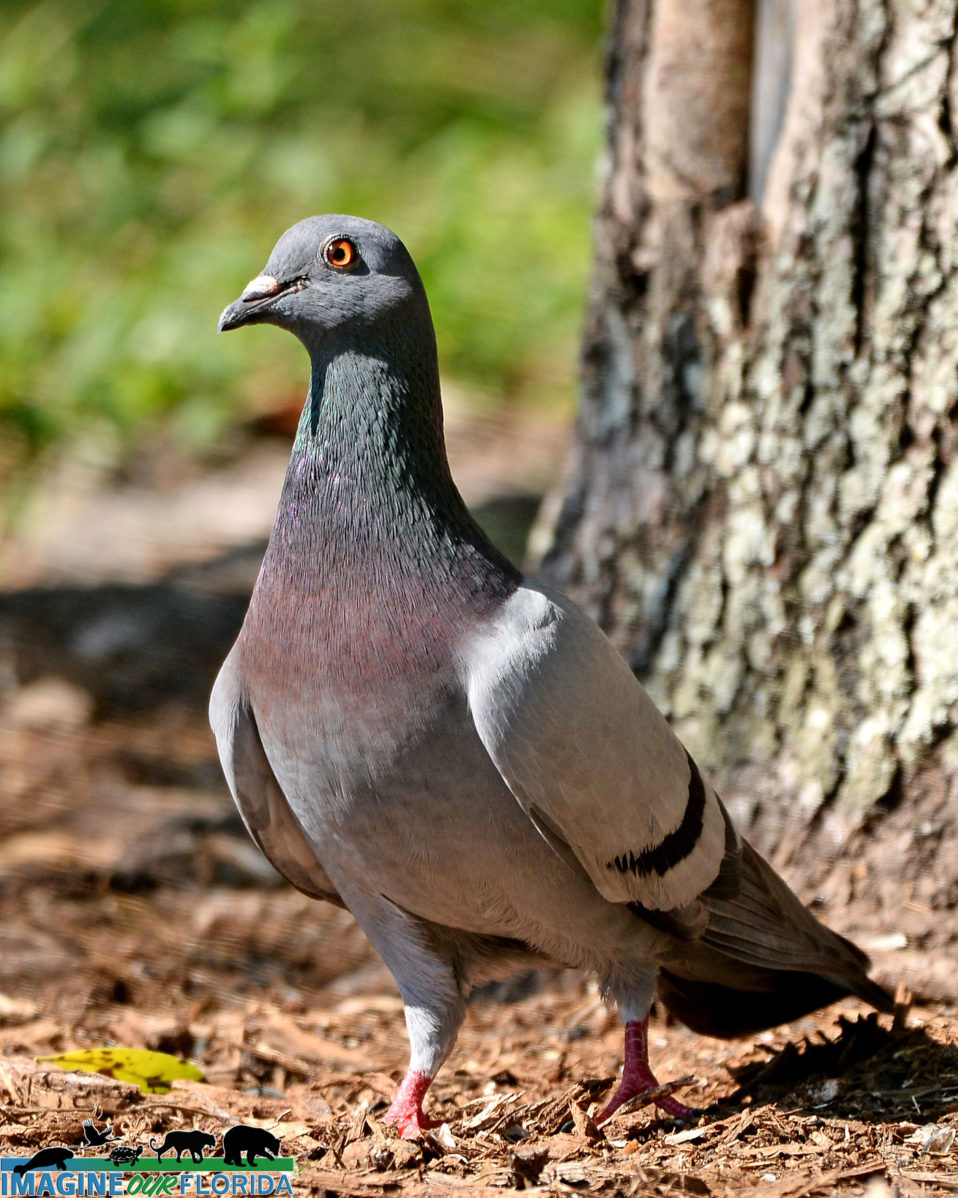
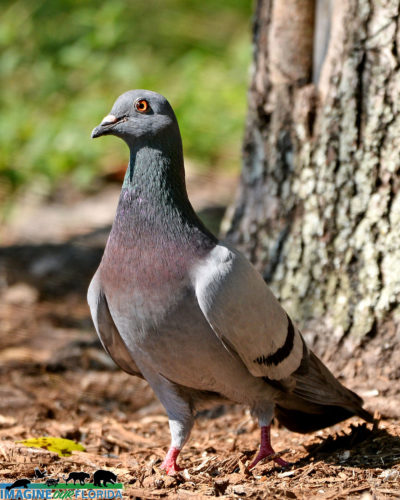
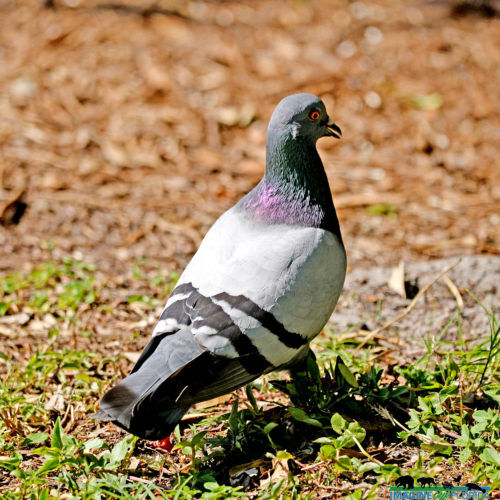
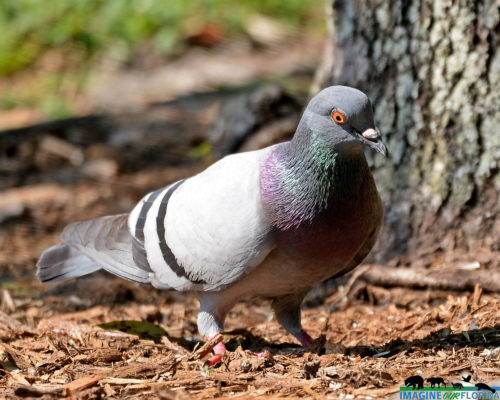
Recent Comments